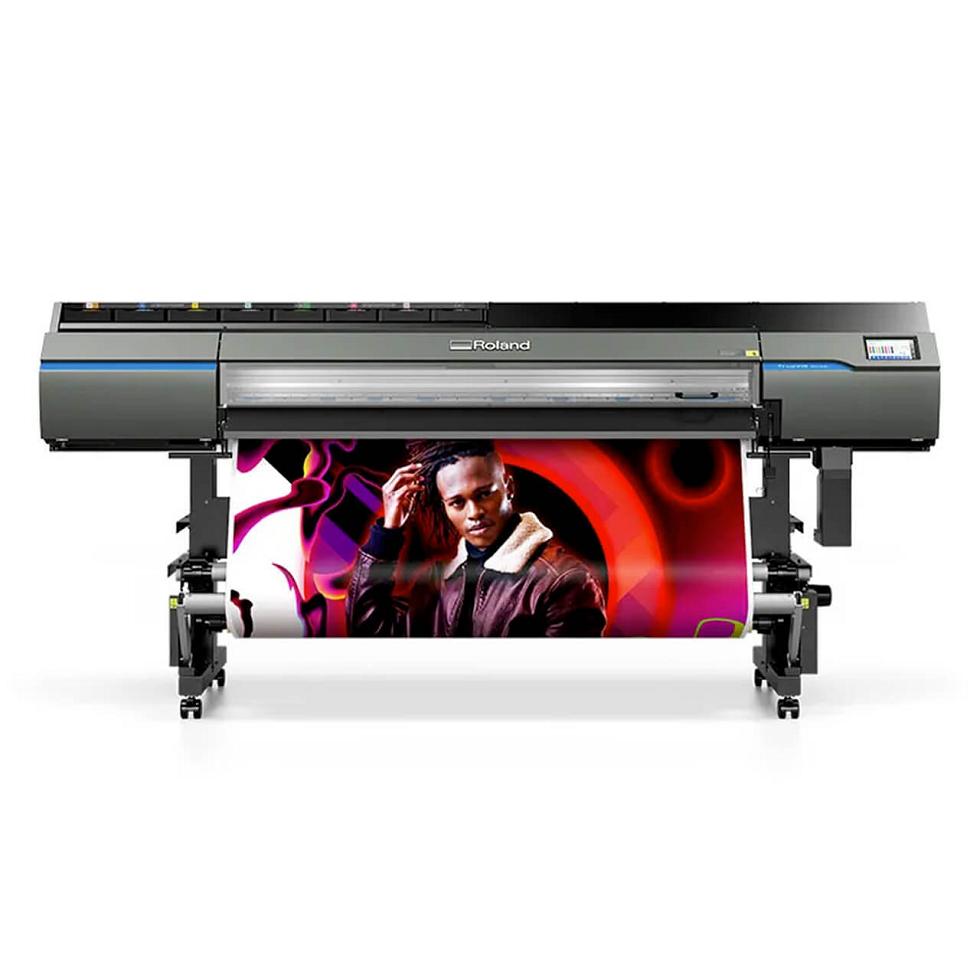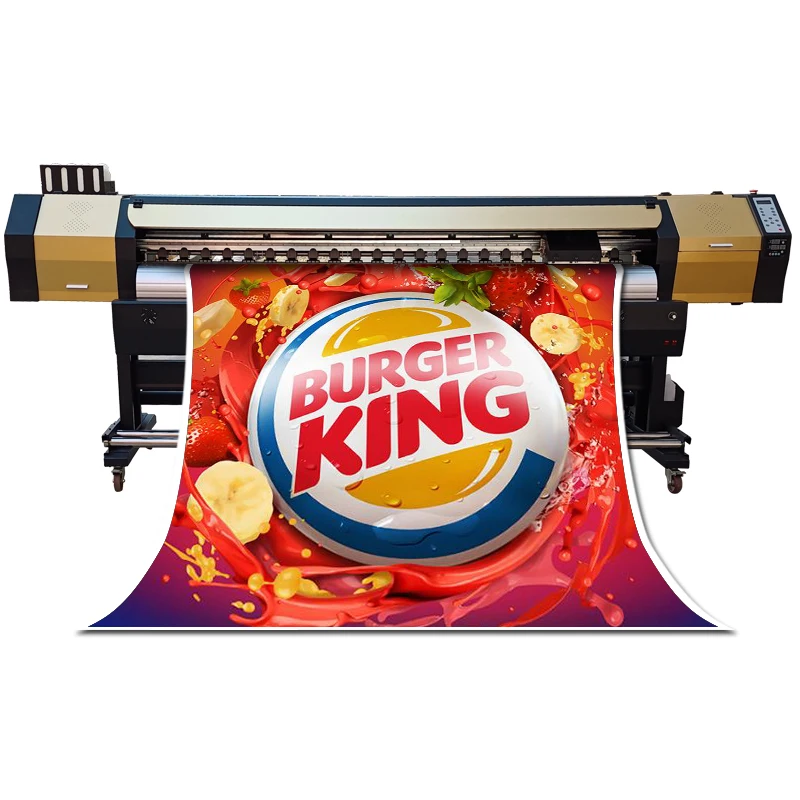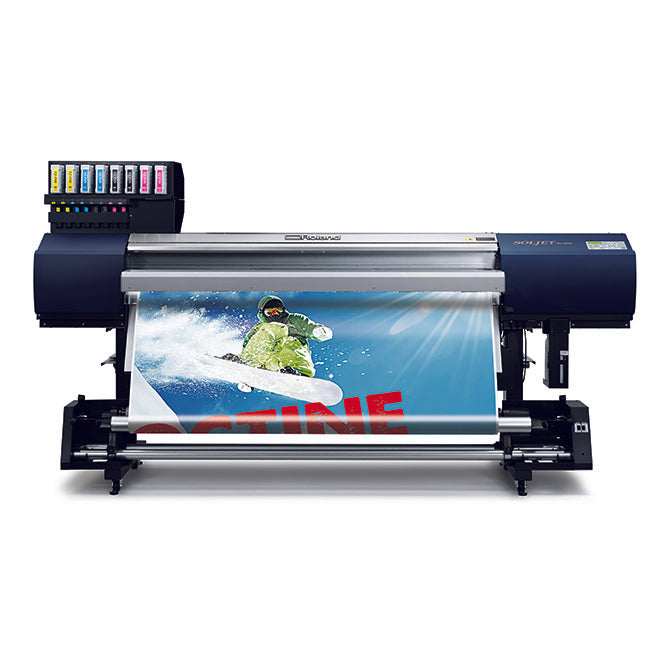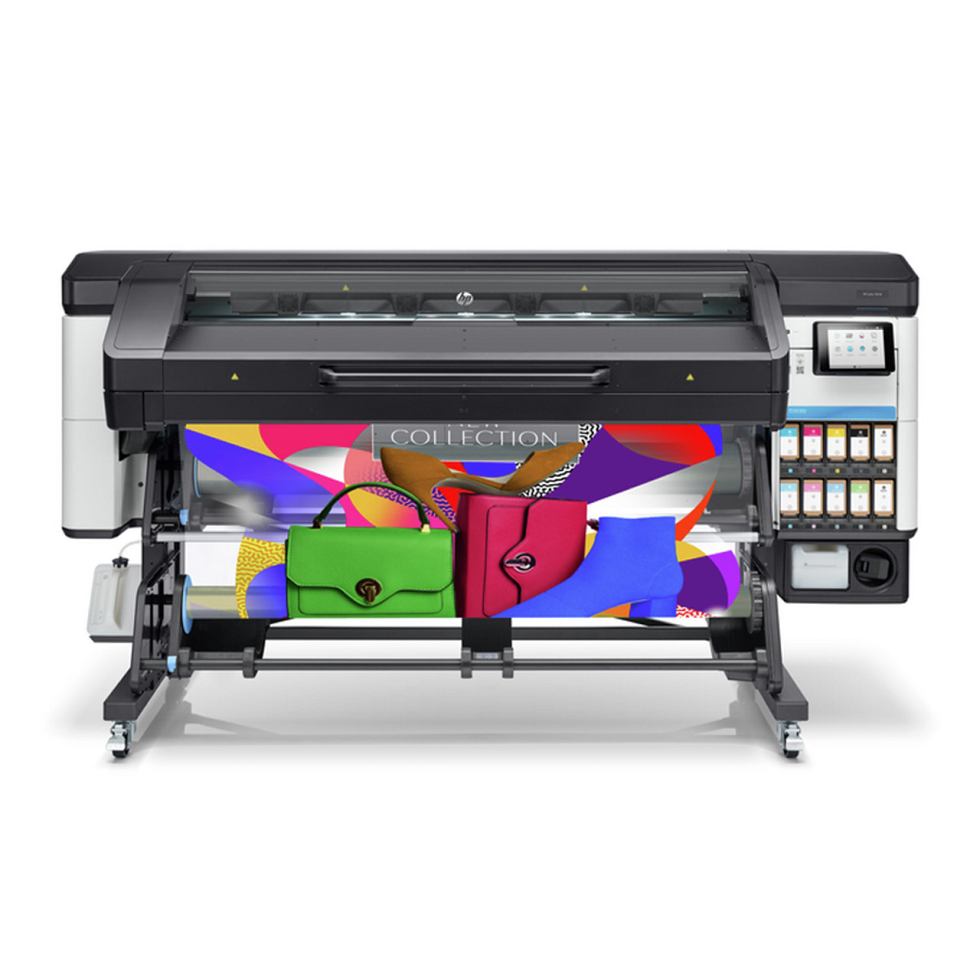Introduction to Wide Format Printers
Wide format printers have revolutionized various industries by offering enhanced printing capabilities and exceptional quality. These printers, also known as large format printers, are designed to print on larger paper sizes, typically ranging from 18 inches to more than 100 inches in width. The applications for these printers extend across sectors such as advertising, architecture, photography, engineering, and more. With their advanced printing technology, wide format printers provide businesses and individuals with the capability to produce stunning visuals that attract attention and convey messages effectively.
One of the main advantages of wide format printers is their ability to handle a variety of materials, including paper, vinyl, fabric, and canvas. This versatility has enabled businesses to produce a wide range of products such as banners, posters, signs, vehicle wraps, and trade show displays. As a result, wide format printers have become indispensable tools for marketing and promotion, helping companies to stand out in competitive markets.
Advancements in Wide Format Printing Technology
The Transition from Analog to Digital
The advent of digital printing technology has significantly transformed the wide format printing landscape. In the past, analog processes such as screen printing and offset printing were the primary methods for producing large format prints. However, these methods had several limitations, including the need for extensive setup, higher costs, and longer production times. Digital wide format printers have addressed these challenges by offering faster turnaround times, lower costs, and greater flexibility.
Digital wide format printers utilize advanced inkjet technology to produce high-resolution prints with vibrant colors and sharp details. This technology allows for precise control over ink placement, resulting in improved print quality and consistency. Furthermore, digital printers eliminate the need for printing plates, reducing waste and minimizing environmental impact. This shift from analog to digital has paved the way for innovations in wide format printing, making it more accessible and efficient for diverse applications.
Innovations in Ink and Media Compatibility
Ink technology has been another area of significant advancement in wide format printing. Early wide format printers relied on dye-based inks, which offered vibrant colors but were prone to fading and smudging. The introduction of pigment-based inks has addressed these issues, providing greater durability and resistance to UV light and environmental factors. Today, wide format printers use a variety of ink types, including aqueous, solvent, UV-curable, and latex inks, each offering unique benefits for different applications.
Aqueous inks, for instance, are water-based and produce high-quality prints with excellent color accuracy. They are ideal for indoor applications, such as posters and fine art prints. Solvent inks, on the other hand, are more durable and weather-resistant, making them suitable for outdoor signage and vehicle graphics. UV-curable inks offer quick drying times and can print on a wide range of substrates, including rigid materials like glass and metal. Latex inks combine the benefits of aqueous and solvent inks, providing vibrant colors and durability with minimal environmental impact.
The compatibility of wide format printers with various media types has also expanded, allowing for greater creativity and customization. Printers can now handle materials such as vinyl, fabrics, backlit film, and even specialty substrates like wood and aluminum. This versatility opens up new possibilities for designers and marketers, enabling them to create unique and eye-catching displays that capture the audience’s attention.
Applications of Wide Format Printers
Advertising and Marketing
In the realm of advertising and marketing, wide format printers have proven to be powerful tools for creating impactful visual communication. Large format prints are particularly effective in capturing the attention of passersby, making them ideal for outdoor advertising campaigns. Billboards, banners, and posters produced with wide format printers boast high-resolution images and vibrant colors that command attention and convey messages clearly.
Trade shows and events also benefit from the capabilities of wide format printers. Exhibitors can create custom booth graphics, backdrops, and displays that make their presence stand out. The ability to produce large, high-quality visuals enables businesses to reinforce their branding and attract potential customers. Moreover, wide format printers can quickly produce short-run and on-demand prints, allowing for timely updates and customization to match specific events or promotions.
Architectural and Engineering Drawings
In the fields of architecture and engineering, precision and accuracy are paramount. Wide format printers have become essential tools for producing detailed plans, blueprints, and schematics. The high resolution and precise line work of these printers ensure that every detail is accurately represented, making it easier for architects and engineers to communicate their designs to clients and contractors.
The ability to print on large sheets of paper allows for the inclusion of more information on a single page, reducing the need for multiple prints and simplifying the review process. Additionally, wide format printers can handle a variety of media types, including vellum and Mylar, which are commonly used in architectural and engineering applications. The integration of digital printing technology with computer-aided design (CAD) software has further streamlined the workflow, allowing for seamless transitions from digital designs to physical prints.
Fine Art and Photography
Wide format printers have also made a significant impact in the world of fine art and photography. Artists and photographers can now produce high-quality reproductions of their work with incredible detail and color accuracy. The ability to print on various media, including canvas and fine art paper, allows for a range of artistic expressions and finishes.
Print permanence is a critical consideration for artists and photographers, and wide format printers using pigment-based inks offer archival-quality prints that resist fading and deterioration over time. This ensures that the prints maintain their original appearance and value for many years. Furthermore, the flexibility to produce limited edition prints and custom sizes provides artists with greater control over their work’s presentation and marketability.
The rise of digital art has also benefited from wide format printing technology. Digital artists can create large-scale prints of their work, blurring the lines between traditional and digital mediums. The high resolution and color gamut of wide format printers ensure that the digital artwork is faithfully represented in the printed form, allowing artists to explore new creative possibilities.
Environmental Considerations in Wide Format Printing
Sustainable Printing Practices
As environmental concerns continue to gain prominence, the printing industry has made significant strides toward sustainability. Wide format printers have incorporated various eco-friendly practices and technologies to minimize their environmental impact. One such advancement is the development of eco-solvent and latex inks, which produce fewer volatile organic compounds (VOCs) and are less harmful to the environment compared to traditional solvent inks.
Eco-solvent inks provide a balance between print quality and environmental responsibility, making them suitable for both indoor and outdoor applications. Latex inks, made from water-based formulations, are odorless and non-toxic, ensuring a safer working environment for operators and reducing the impact on air quality. These inks also adhere to a wide range of substrates, maintaining the versatility of wide format printers while promoting sustainability.
Waste Reduction and Recycling
Wide format printing technology has also focused on reducing waste and promoting recycling. Digital printing eliminates the need for printing plates, which were a significant source of waste in traditional printing methods. Additionally, many wide format printers are designed to optimize ink usage, minimizing excess ink consumption and reducing the amount of waste generated.
The printing industry has also embraced recycling initiatives for print media and consumables. Many manufacturers offer take-back programs for used cartridges and print heads, ensuring proper disposal and recycling of these components. Some media types, such as paper and certain plastics, are recyclable, further contributing to waste reduction efforts. By adopting these practices, the wide format printing industry aims to minimize its environmental footprint and promote a more sustainable future.
The Future of Wide Format Printing
Technological Innovations
The future of wide format printing is rife with potential, driven by ongoing technological advancements and the growing demand for high-quality prints. One area of innovation is the integration of artificial intelligence (AI) and machine learning into wide format printers. These technologies can enhance print quality by optimizing color management, detecting and correcting errors, and automating maintenance tasks. This results in more efficient and reliable printing processes, reducing the likelihood of downtime and increasing productivity.
Another exciting development is the emergence of 3D printing technology within the wide format printing industry. While 3D printing is traditionally associated with creating three-dimensional objects, the integration of this technology into wide format printers offers new possibilities for creating textured and multi-layered prints. This can be particularly beneficial for applications such as signage, packaging, and custom displays, where tactile elements can add a unique and engaging dimension to the final product.
Customization and Personalization
The trend toward customization and personalization is expected to continue shaping the future of wide format printing. Consumers and businesses alike are increasingly seeking unique and tailored products that reflect their individuality and brand identity. Wide format printers are well-positioned to meet this demand, offering the flexibility to produce short-run and bespoke prints on various media types.
Advancements in digital printing technology enable on-demand production, allowing for quick turnaround times and reducing the need for large inventories. This is particularly advantageous for industries such as retail and fashion, where trends and consumer preferences can change rapidly. Wide format printer can quickly produce custom prints for clothing, accessories, and home décor, enabling businesses to respond swiftly to market demands and offer personalized products to their customers.
Conclusion
Wide format printers have transformed the printing landscape, offering unparalleled quality, versatility, and efficiency. From advertising and marketing to architecture, fine art, and beyond, these printers have become indispensable tools for various industries. The advancements in ink technology, media compatibility, and digital printing have expanded the possibilities for creative expression and communication. As the demand for high-quality prints continues to grow, wide format printers will play a crucial role in meeting this need, driving innovation, and promoting sustainability in the printing industry.
In the coming years, we can expect to see further integration of cutting-edge technologies, such as AI and 3D printing, into wide format printers. These advancements will enhance print quality, streamline operations, and open up new opportunities for customization and personalization. As environmental concerns remain a priority, the industry will continue to adopt sustainable practices, ensuring a balance between technological progress and environmental responsibility.
In conclusion, the evolution of wide format printers has been marked by significant advancements that have reshaped the printing industry. These printers offer a powerful combination of quality, versatility, and efficiency, making them indispensable tools for various applications. As technology continues to evolve and sustainability becomes increasingly important, wide format printers will remain at the forefront of innovation, driving the future of print and visual communication.



